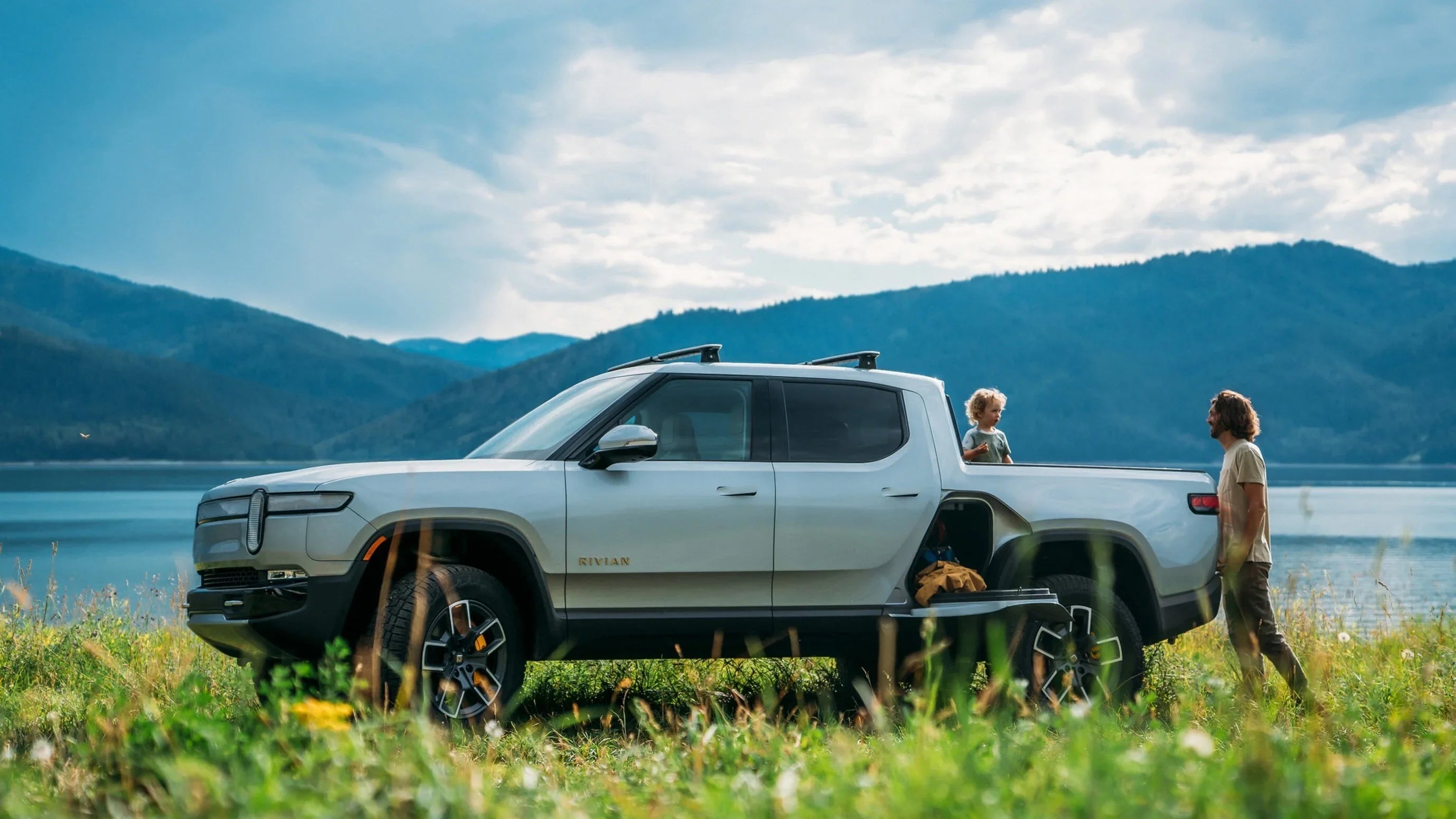October 2025 is proving a fascinating month for the EV market in the U.S. Demand continues to climb, new models are arriving, and automakers are tweaking incentives with the recent end of the federal $7,500 tax credit. According to recent data, U.S. EV sales in Q3 2025 hit a record 438,487 units — up ~40.7% from the prior quarter and nearly 30% higher year over year.
Against this backdrop, here are EVs (and PHEVs) I recommend under varying use cases this October — from efficiency and affordability to performance and luxury.
What to Look for in an EV in October 2025
Before diving into model picks, here are key factors to watch this month:
-
Range vs Real-World Conditions
EPA (or WLTP) ranges are useful benchmarks, but cold weather, highway driving, and accessory loads (heating, AC) compress range significantly. -
Charging Infrastructure & Speed
A car that supports fast DC charging (>150 kW) will be more usable on long trips. Also consider compatibility with major networks and cost per kWh. -
Incentives & Deals
With the federal EV tax credit expired on September 30, many incentives are now dealer-driven — such as discounted pricing, low APR financing, or “bonus cash.” -
Vehicle Type / Use Case
Sedans, compact SUVs, luxury, PHEVs, performance — choose based on your driving style, space needs, and charging habits. -
Brand Reliability & Support
Warranty, software support, battery degradation, and service network matter a lot more over the long term.
Recommended EV Models for October 2025
Below are EVs I’d highlight this month, with reasons they’re worth a look.
2025 Hyundai Ioniq 5

-
Why it stands out: Excellent balance of range, style, and usability. It frequently appears on “best deals” lists.
-
Highlights: Up to ~318 miles of range, fast charging capabilities, roomy interior, strong reviews for ride comfort and usability.
-
What to check: Incentives may include discounted pricing or low APR financing to counterbalance the loss of the federal tax credit.
2025 Kia Niro EV

-
Why it stands out: Practical, efficient, and relatively affordable among compact EVs.
-
Deal prospects: It appears on KBB’s top EV deals list for October with a lease option around $209/month (24 months, $3,999 due).
-
Highlights: Solid everyday usability, good efficiency.
2026 Chevrolet Blazer EV

-
Why it stands out: Newer entrant with SUV appeal and good range.
-
Deal prospects: In October, you may find lease deals like $299/month for 24 months with an upfront payment (~$1,549).
-
What to watch: Being a newer model, early adopters should check software maturity and charging behavior.
2025 Ford Mustang Mach-E

-
Why it stands out: Balanced performance, fun-to-drive character, and strong brand recognition.
-
What to watch: Ford continues to push incentives, including rebates or favorable financing, especially in markets with high competition.
-
Fit: Good option for someone wanting SUV utility with sporty dynamics.
2025 Subaru Solterra

-
Why it stands out: All-wheel-drive is standard (a rarity at this segment), Subaru’s known reliability pedigree.
-
Deal prospects: An October offer shows $279/month for 36 months with $2,278 down payment.
-
What to check: Charging network coverage in your area (especially rural) may matter more for AWD EVs.
2025 BMW / Luxury Picks (e.g. BMW i4, Polestar 3, Lucid)

-
Why consider them: Luxury brands often bundle extra perks, loyalty bonuses, or more generous financing to offset premium pricing.
-
BMW i4: Well reviewed, good range and performance in a sedan package.

-
Polestar / Lucid: Typically high-end choices; they'd appeal to buyers who prioritize performance, premium interiors, or brand prestige.
Choosing the Right EV for You This Month
-
Budget / Value Seekers: Ioniq 5 and Kia Niro EV are compelling — good features without extreme pricing.
-
SUV / Crossover Preference: Blazer EV, Mach-E, or Solterra give you more cargo and higher driving position.
-
Performance / Prestige: Go with i4, Polestar, or Lucid if you prioritize driving experience, luxury touches, or brand status.
-
Incentive Hunters: Focus on local dealership cashbacks, zero-interest or low-interest financing deals, and loyalty bonuses. Some brands now offer 0% APR deals to compete.








Share:
Chevy Bolt vs. Nissan Leaf: Battle of America’s Cheapest EVs
Best EV Lease Deals and Financing Offers in October 2025